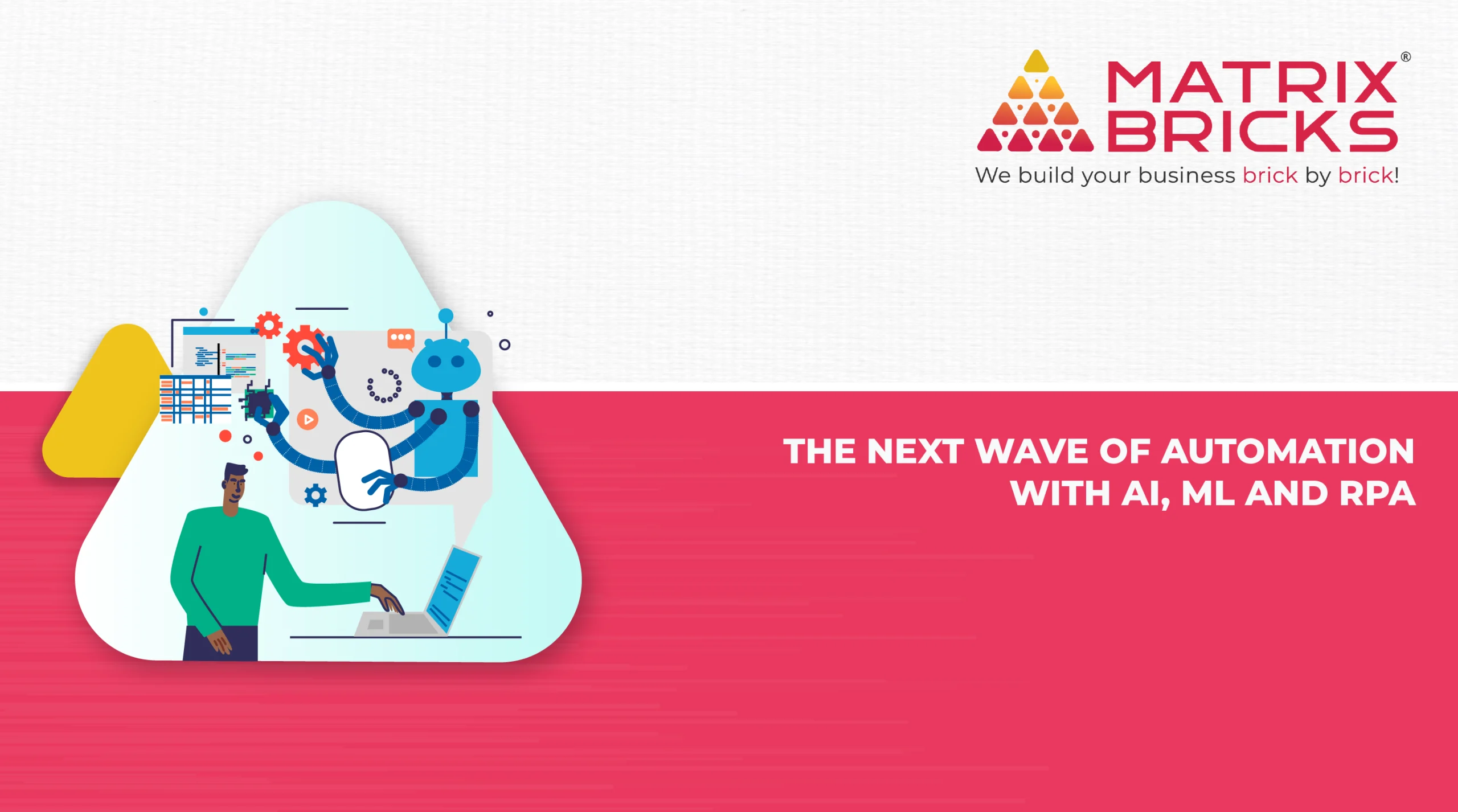
Automated bidding has become a cornerstone in the realm of digital marketing, promising to optimize ad spend and improve campaign performance with minimal human intervention. However, like any technological advancement, it comes with its own set of challenges and potential pitfalls. In this comprehensive guide, we will explore the common issues associated with automated bidding and provide actionable strategies to navigate these challenges effectively.

Understanding Automated Bidding
Automated bidding uses machine-learning algorithms to manage bids for online advertisements. The aim is to modify bids in real-time, considering factors like user behavior, device, location, and time of day, to achieve the desired results, whether it’s clicks, conversions, or return on ad spend (ROAS). Popular platforms like Google Ads and Facebook Ads offer various automated bidding strategies tailored to different campaign objectives.
Benefits of Automated Bidding
- Efficiency: Automated bidding saves time by handling bid adjustments automatically, allowing marketers to focus on other strategic tasks.
- Real-Time Optimization: Algorithms analyze vast amounts of data in real-time, optimizing bids based on current market conditions and user behavior.
- Improved Performance: By leveraging machine learning, automated bidding can enhance ad performance by targeting the most relevant audience segments.
Common Pitfalls of Automated Bidding
Despite its advantages, automated bidding is not without its drawbacks. Here are some common pitfalls marketers face:
1. Lack of Control
Automated bidding algorithms make real-time decisions, which can sometimes lead to a lack of transparency and control for marketers. This can be particularly concerning if the algorithm makes decisions that don’t align with the overall business strategy.
2. Over-Reliance on Algorithms
Relying solely on automated bidding can result in complacency. Marketers might overlook the importance of continuous monitoring and manual adjustments, leading to suboptimal campaign performance.
3. Data Quality Issues
Automated bidding algorithms depend heavily on data quality. Inaccurate or incomplete data can lead to poor decision-making and wasted ad spend.
4. Budget Mismanagement
Automated bidding can occasionally cause unforeseen budget variations. Without proper safeguards, campaigns might exceed their intended budget, especially during high-competition periods.
5. Misaligned Goals
Automated bidding strategies are only as effective as the goals they are set to achieve. If the goals are not clearly defined or are misaligned with the overall marketing strategy, automated bidding can produce unsatisfactory results.
6. Inflexibility
Some automated bidding strategies may lack the flexibility needed to adapt to sudden market changes or new business goals, resulting in missed opportunities.

Strategies to Navigate Automated Bidding Pitfalls
To maximize the benefits of automated bidding while minimizing the risks, consider the following strategies:
1. Maintain a Balance Between Automation and Manual Control
While automated bidding can optimize many aspects of your campaigns, it’s essential to maintain a balance. Regularly review and adjust settings based on performance data. Use manual interventions when necessary to align the campaigns with broader business goals.
2. Ensure Data Quality and Accuracy
High-quality data is crucial for the success of automated bidding. Implement robust data collection and validation processes to ensure the information fed into the algorithms is accurate and up-to-date. Regularly audit your data sources and rectify any discrepancies.
3. Set Clear Goals and KPIs
Define clear campaign goals and key performance indicators (KPIs) before implementing automated bidding strategies. This helps the algorithm align with your business objectives. Regularly assess these goals to ensure they remain relevant and adjust as necessary.
4. Monitor Campaign Performance Regularly
Automated bidding doesn’t mean set-and-forget. Regularly monitor campaign performance to identify any anomalies or areas for improvement. Use performance data to make informed decisions about adjustments and refinements.
5. Set Budget Limits
To prevent budget overruns, marketers should set clear budget limits for their automated bidding campaigns. This includes daily and total budget caps, ensuring that the algorithm operates within predefined financial boundaries.
6. Use Automated Rules and Alerts
Most advertising platforms offer automated rules and alerts that can help you manage your campaigns more effectively. Set up rules to control budget spending, bid adjustments, and other critical parameters. Alerts can notify you of significant changes or issues, allowing for timely interventions.
7. Conduct A/B Testing
Continuously experiment with various bidding strategies and evaluate their performance. A/B testing can help identify the most effective approach for your specific business needs. Try various bid adjustments, targeting strategies, and ad creatives to achieve optimal results.
8. Leverage Advanced Features and Insights
Make use of advanced features offered by advertising platforms, such as audience insights, predictive analytics, and bid simulators. These tools can provide valuable information about potential performance and help refine your bidding strategies.
9. Adapt to Market Changes
Market conditions can change rapidly, and automated bidding strategies must be flexible enough to adapt. Marketers should stay informed about industry trends, competitor activities, and shifts in consumer behavior to make necessary adjustments to their campaigns.
10. Use Advanced Targeting Options
Most automated bidding platforms offer advanced targeting options, such as audience segmentation and remarketing. Marketers should leverage these features to reach specific audience segments with tailored ad messages, improving the relevance and effectiveness of their campaigns.
11. Combine Automated and Manual Bidding
A hybrid approach that combines automated and manual bidding can provide the best of both worlds. Marketers can use automated bidding for broad optimizations and manual bidding for fine-tuning specific keywords or ad groups.
12. Stay Informed About Algorithm Updates
Automated bidding platforms frequently update their algorithms to improve performance. Marketers should stay informed about these updates and adjust their strategies accordingly. This includes attending webinars, reading industry blogs, and participating in relevant forums.
Case Studies: Successful Navigation of Automated Bidding
Case Study 1: E-Commerce Retailer
An e-commerce retailer implemented Google Ads automated bidding to increase online sales. Initially, they faced issues with budget overspending and poor ROI. By regularly monitoring performance, conducting A/B testing, and using automated rules to control spending, they managed to optimize their campaigns. As a result, they achieved a 30% increase in conversions and a 25% reduction in cost per acquisition (CPA).
Case Study 2: B2B SaaS Company
A B2B SaaS company struggled with low-quality leads using Facebook Ads automated bidding. They enhanced their data quality by integrating their CRM system and setting clear conversion goals. Regular performance reviews and manual adjustments helped align the campaigns with their business objectives, resulting in a 40% improvement in lead quality and a 20% increase in lead volume.
Conclusion
Automated bidding can significantly enhance digital marketing efforts, but it requires careful management to avoid potential pitfalls. By maintaining a balance between automation and manual control, ensuring data quality, setting clear goals, and continuously monitoring performance, marketers can navigate the challenges of automated bidding effectively. Leveraging advanced features, conducting A/B testing, and collaborating with platform experts further optimize campaign outcomes. With these strategies, businesses can harness the power of automated bidding to achieve their digital marketing objectives and drive growth.





